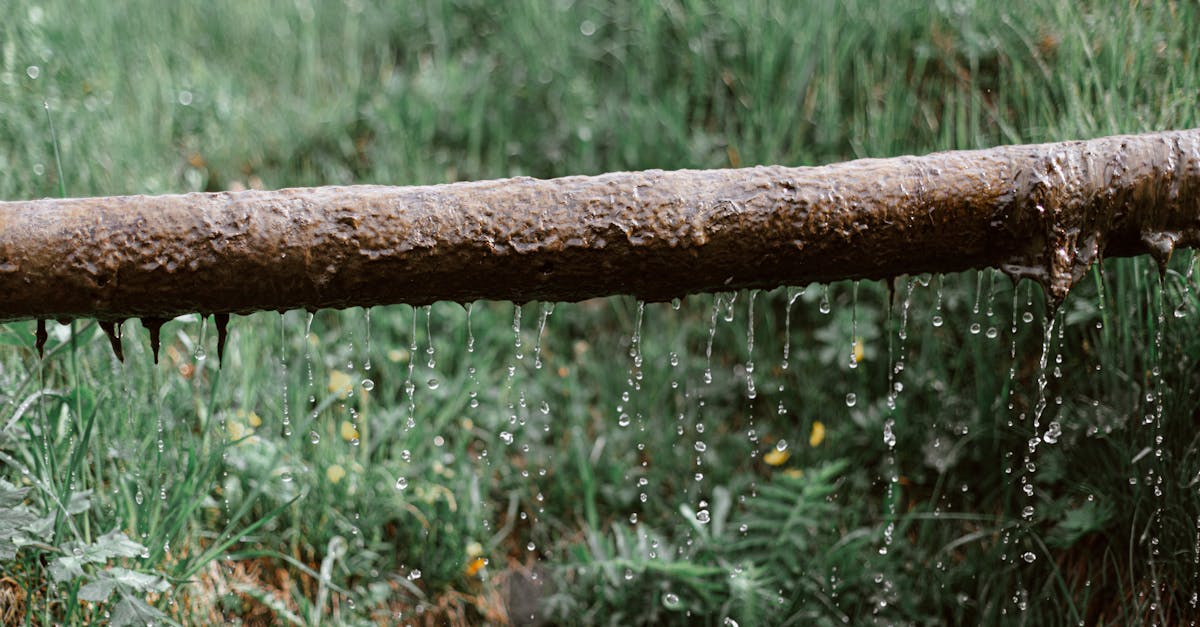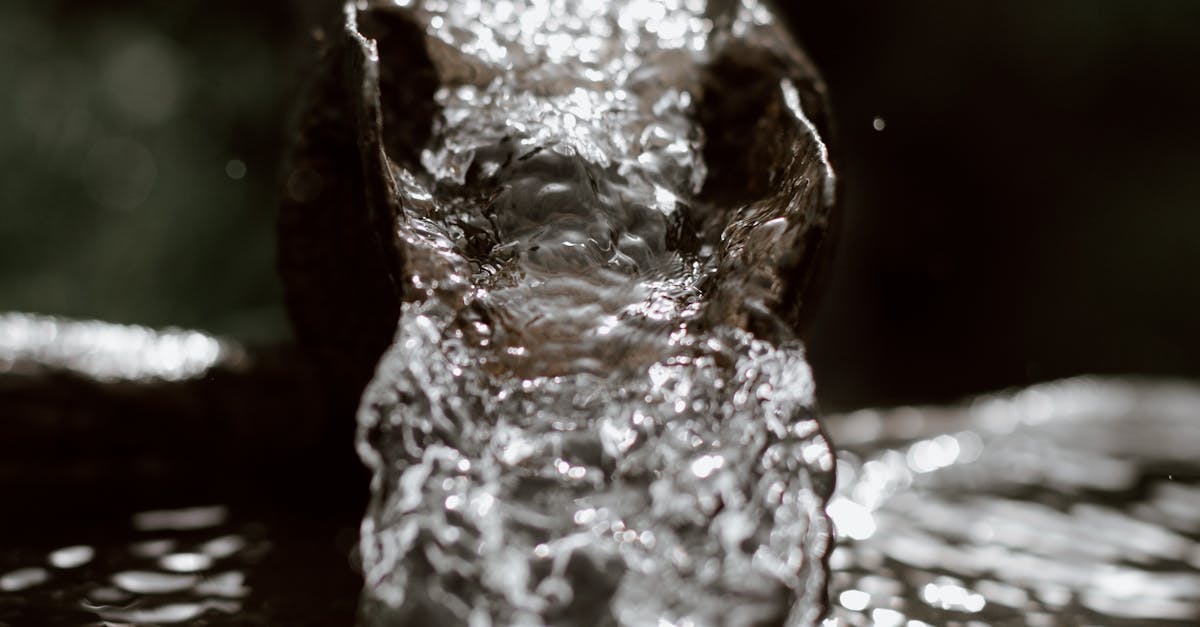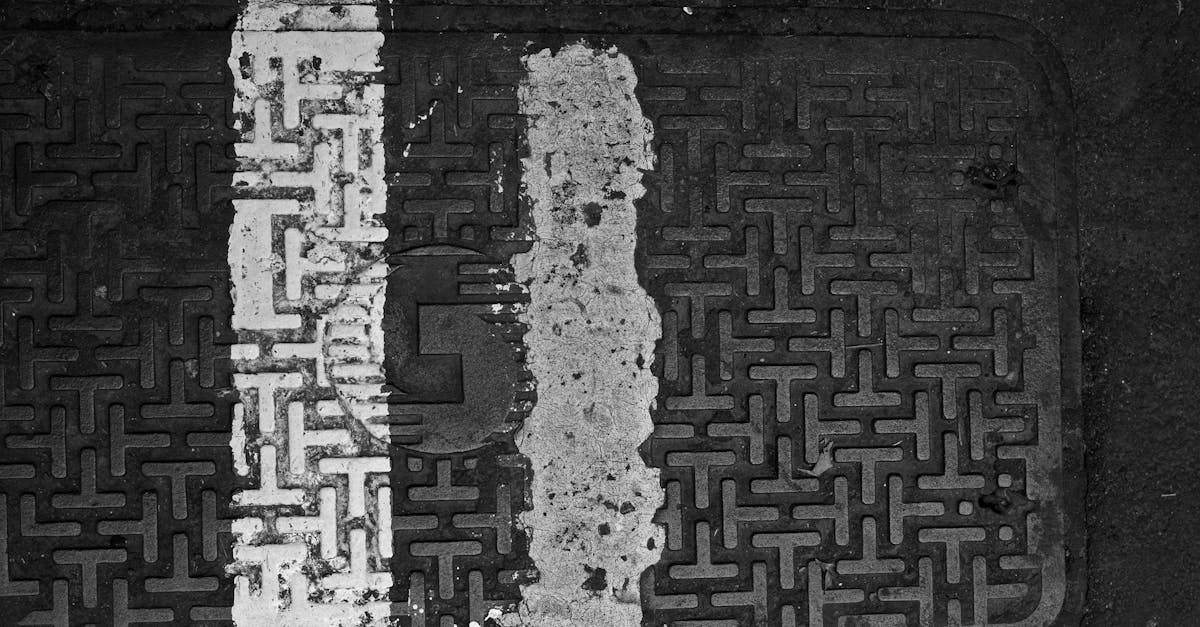
Table Of Contents
Planting Rain Gardens
Planting rain gardens is an effective way to address drainage issues around a house. These gardens are designed to absorb excess water, helping to prevent water accumulation and potential damage to the property. By strategically selecting plants that thrive in wet conditions, rain gardens can not only enhance the beauty of the landscape but also serve as a functional solution to manage water flow.
In the town of St. Thomas, where drainage issues can be a concern due to heavy rainfall, implementing rain gardens can be particularly beneficial. These gardens not only help to reduce surface water runoff but also promote biodiversity and create habitats for beneficial insects and birds. By incorporating rain gardens as part of the overall landscape design, residents can improve the aesthetics of their properties while contributing to sustainable Drainage Solutions in St. Thomas.
Using vegetation to absorb and manage excess water
Using vegetation to absorb and manage excess water can be an effective way to address drainage issues around your home. By strategically planting trees, shrubs, and plants in key areas, you can help absorb excess water from heavy rainfall or snowmelt. This natural approach not only enhances the aesthetic appeal of your property but also serves as a practical solution to combat water accumulation. In the region of Georgetown, incorporating vegetation to manage excess water is a sustainable and eco-friendly method to improve overall drainage.
Drainage Solutions in Georgetown can benefit greatly from the implementation of rain gardens and bioswales. These green features are designed to capture and filter stormwater runoff, allowing the plants to absorb water and divert it away from the foundation of the house. By selecting native species that thrive in local conditions, you can create a resilient landscape that supports effective water management. In addition to minimizing erosion and flooding risks, using vegetation strategically can enhance biodiversity and create a more resilient ecosystem in your backyard.
Redirecting Downspouts
Redirecting downspouts is a crucial step in preventing water accumulation around a house. By extending downspouts to discharge water further from the house, you can help minimize the risk of water seeping into the foundation. In Drainage Solutions in Haldimand County, it is recommended to direct downspouts to release water at least 6 feet away from the foundation to ensure effective drainage and reduce the chances of water pooling near the house.
This simple and cost-effective solution can have a significant impact on preventing water damage and maintaining the integrity of your home's foundation. By implementing proper downspout redirection techniques, you can enhance the overall drainage system around your house and mitigate potential water-related issues in the long run.
Extending downspouts to discharge water further from the house
One effective method to address drainage issues around a property is to extend downspouts to ensure water is discharged further away from the house. In residential areas like Innisfil, where heavy rainfall can lead to water accumulation near foundations, this simple solution can significantly reduce the risk of water damage. By extending downspouts, water is directed away from the house, preventing potential issues like basement flooding and foundation cracks.
Extending downspouts is a cost-effective way to improve the overall drainage system of a property in Innisfil. By ensuring that water is discharged at a safe distance from the foundation, homeowners can protect their investment and maintain the structural integrity of their house. Consulting with a professional to determine the appropriate length for the downspout extensions is essential to effectively manage excess water and minimize the risks associated with poor drainage.
Repairing Cracks in the Foundation
Repairing cracks in the foundation is crucial to preventing water infiltration and subsequent damage to a house. With Welland's rainy climate, it's imperative to address any foundation cracks promptly to ensure the integrity of the structure. Hiring a professional to assess and repair the cracks is recommended to guarantee a thorough job and prevent recurring problems.
Drainage Solutions in Welland emphasize the significance of keeping the foundation in good condition to mitigate water damage risks. Sealing any openings that could allow water to seep into the foundation is essential for maintaining a dry and stable home environment. Regular inspections and maintenance of the foundation can help detect cracks early on, preventing costly repairs down the line.
Sealing any openings that could be allowing water to seep in
When addressing drainage issues around a house, it is crucial to pinpoint and seal any openings that may be facilitating water seepage. Particularly for homes in areas prone to heavy rainfall like Haldimand County, this step is essential in preventing water damage. By sealing cracks and gaps in the foundation or walls, homeowners can significantly reduce the risk of moisture intrusion and ultimately mitigate potential drainage problems.
Professional contractors specializing in drainage solutions in Haldimand County often use specialized sealants and waterproofing materials to effectively seal any openings that could be allowing water to seep into the house. This preventative measure not only safeguards the structural integrity of the property but also contributes to maintaining a dry and secure living environment. Expertly identifying and sealing these vulnerable points is a fundamental aspect of comprehensive drainage management strategies for homeowners striving to combat water-related issues.
FAQS
What are some common signs of drainage issues around a house?
Common signs of drainage issues around a house include pooling water near the foundation, damp or wet basement walls, water stains on walls or ceilings, and soggy or eroded areas in the yard.
How can planting rain gardens help in fixing drainage issues around a house?
Planting rain gardens can help in fixing drainage issues around a house by creating a natural area for water to collect and be absorbed by plants, reducing runoff and preventing water from pooling around the foundation.
What are some ways to redirect downspouts to improve drainage around a house?
To improve drainage around a house, downspouts can be redirected by extending them to discharge water further away from the house, ensuring that water flows away from the foundation and does not collect near the walls.
How can repairing cracks in the foundation help in resolving drainage issues?
Repairing cracks in the foundation can help in resolving drainage issues by preventing water from seeping into the basement or crawl space, reducing the risk of water damage and mold growth.
What are the benefits of using vegetation to absorb and manage excess water around a house?
Using vegetation to absorb and manage excess water around a house can help in preventing erosion, improving soil health, and reducing runoff, ultimately enhancing the overall drainage system and protecting the property from water-related damage.






